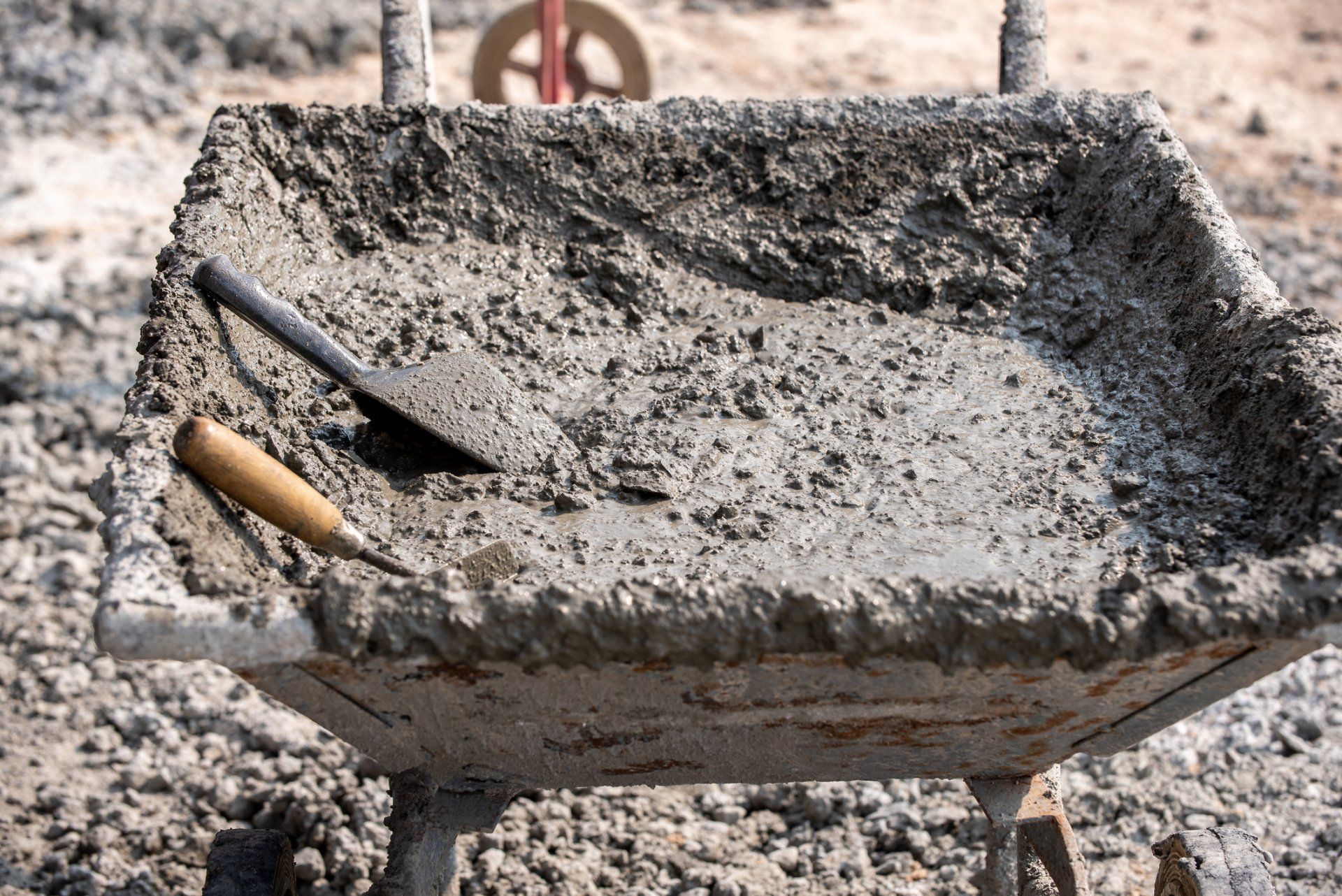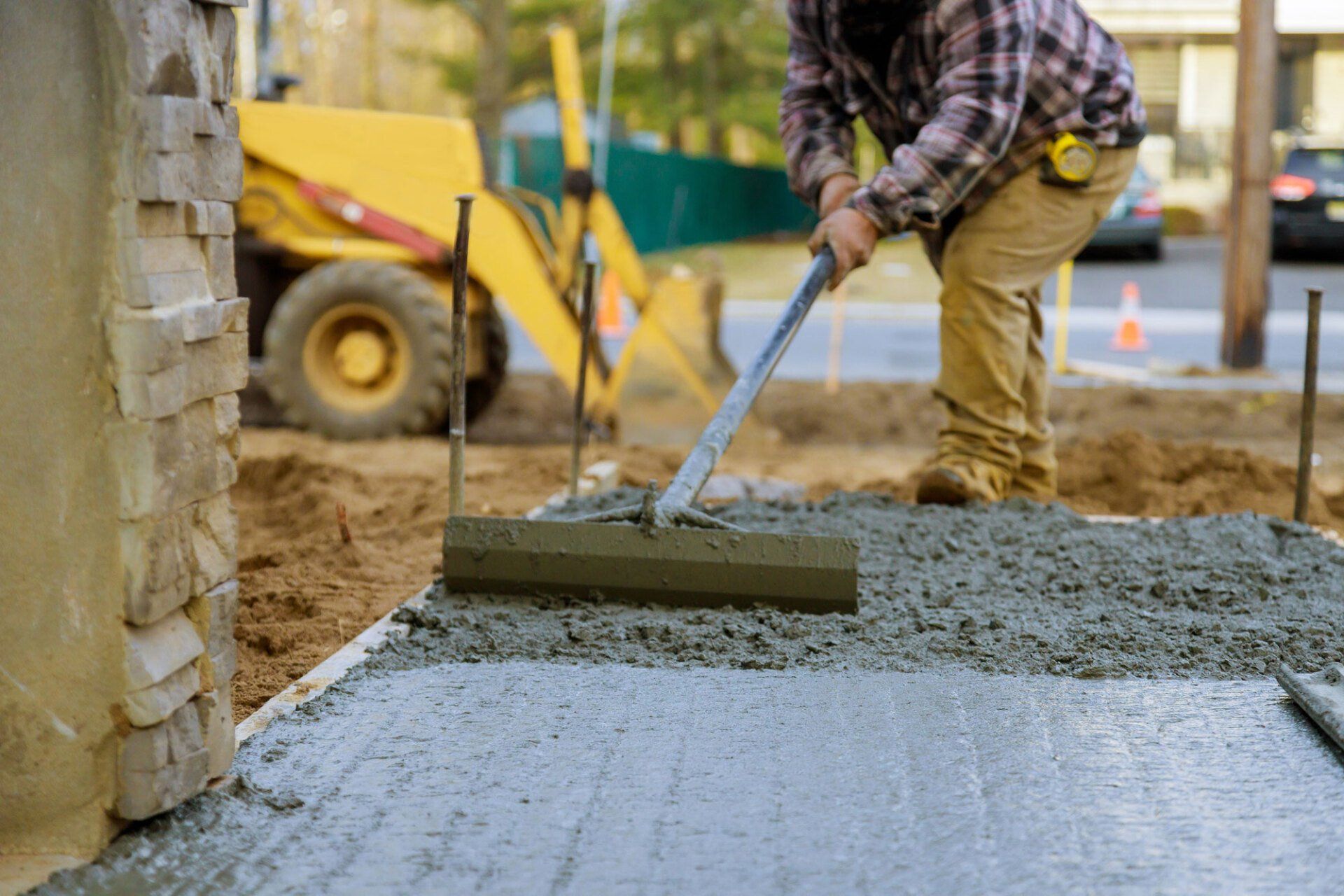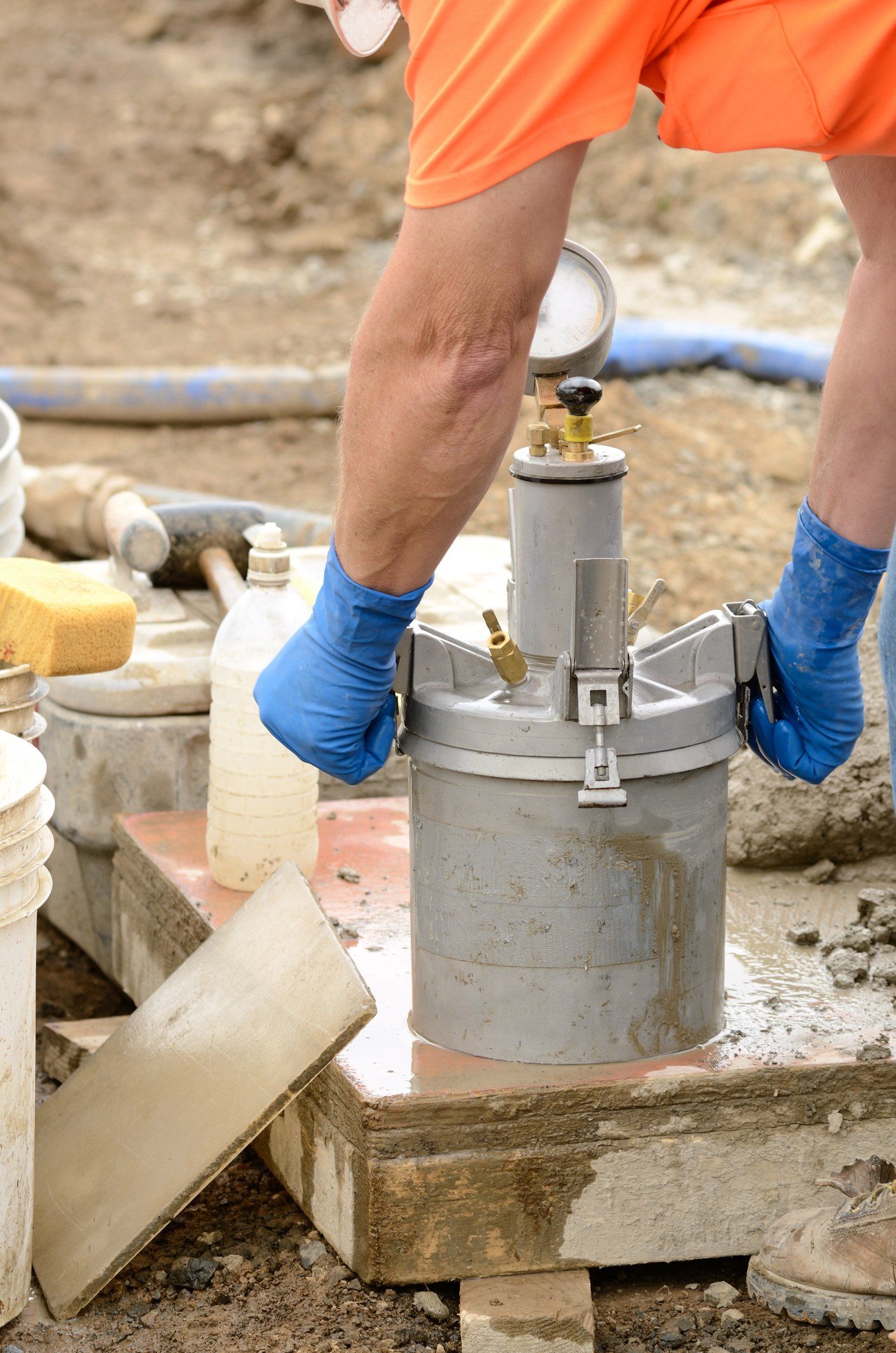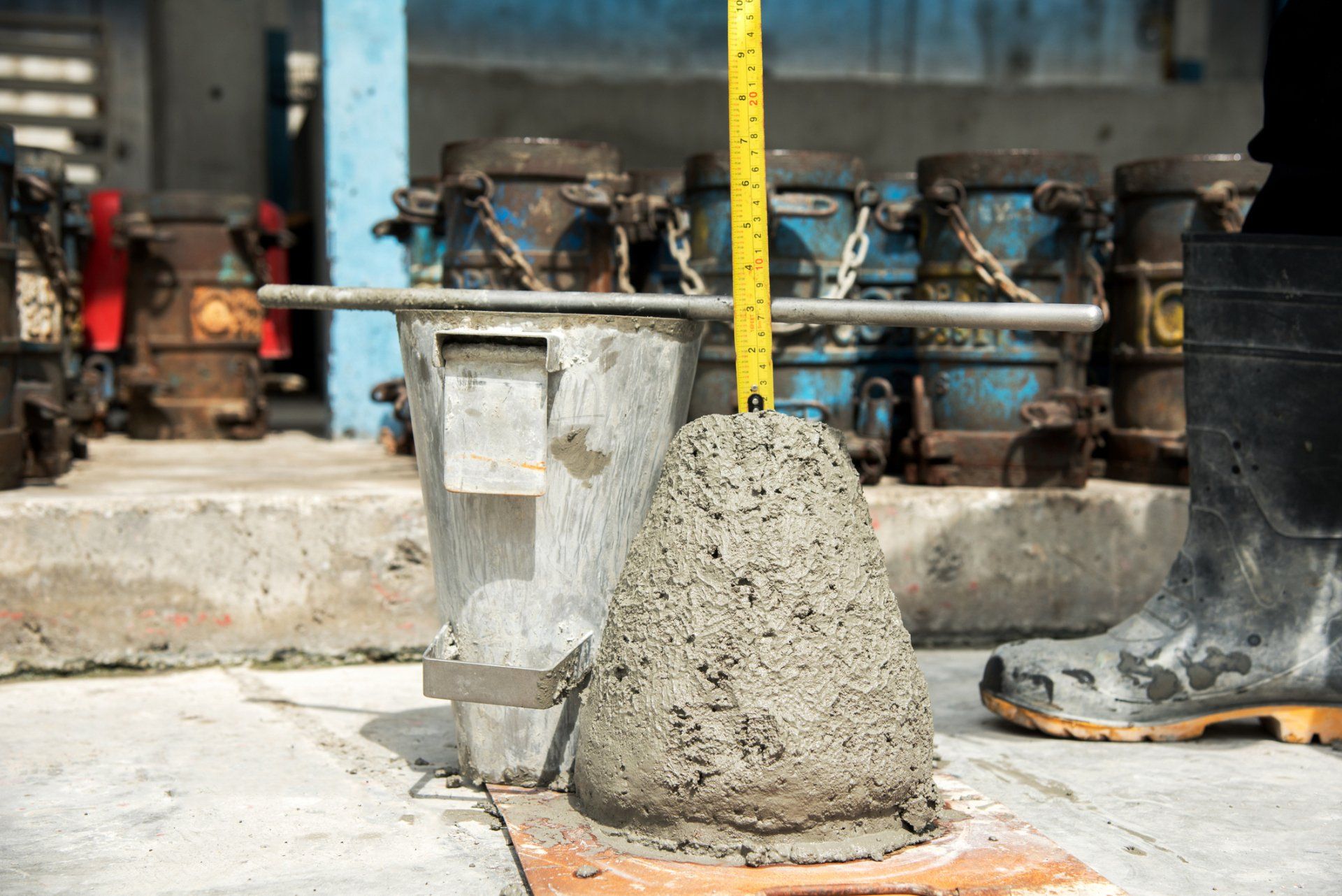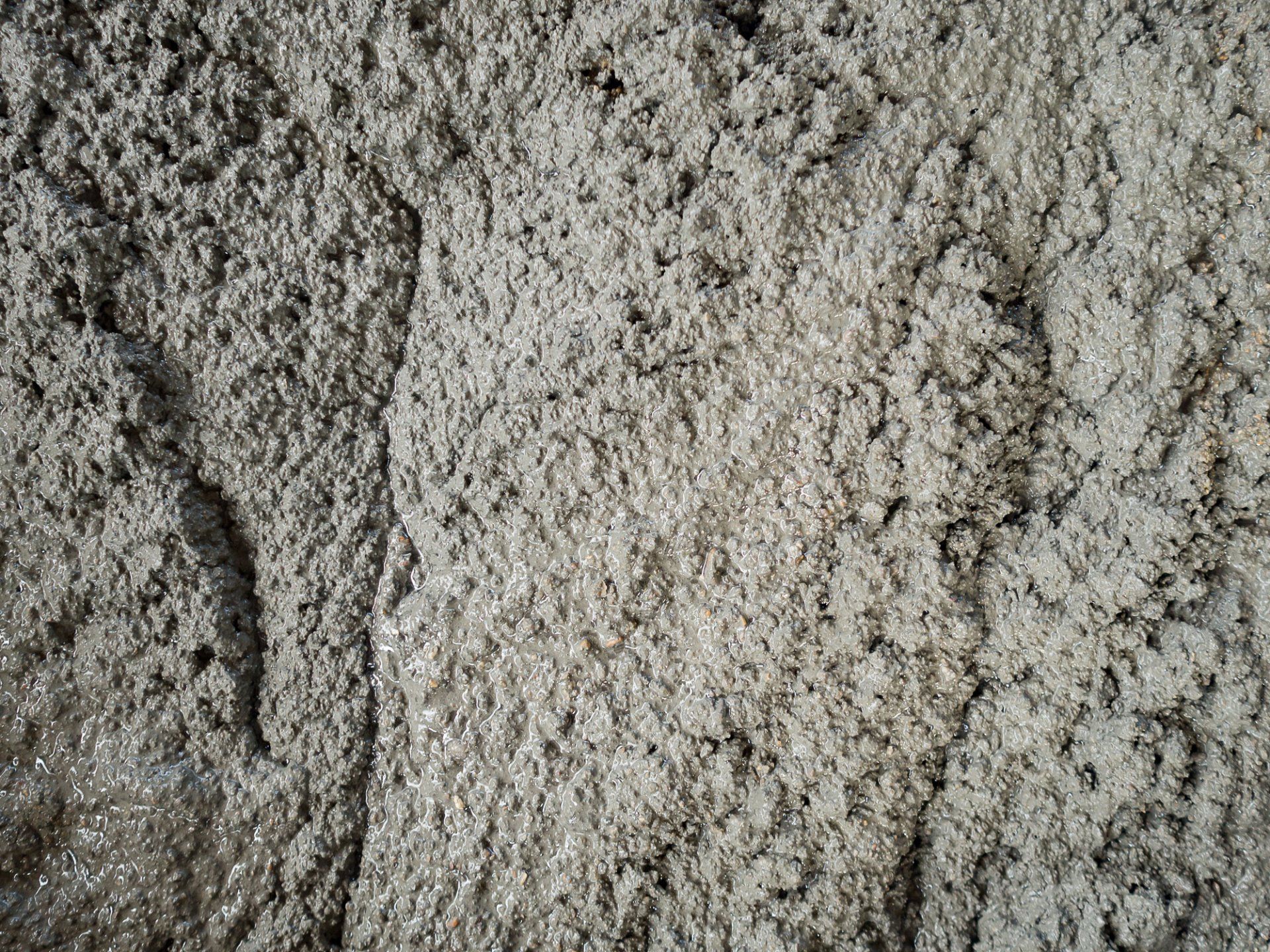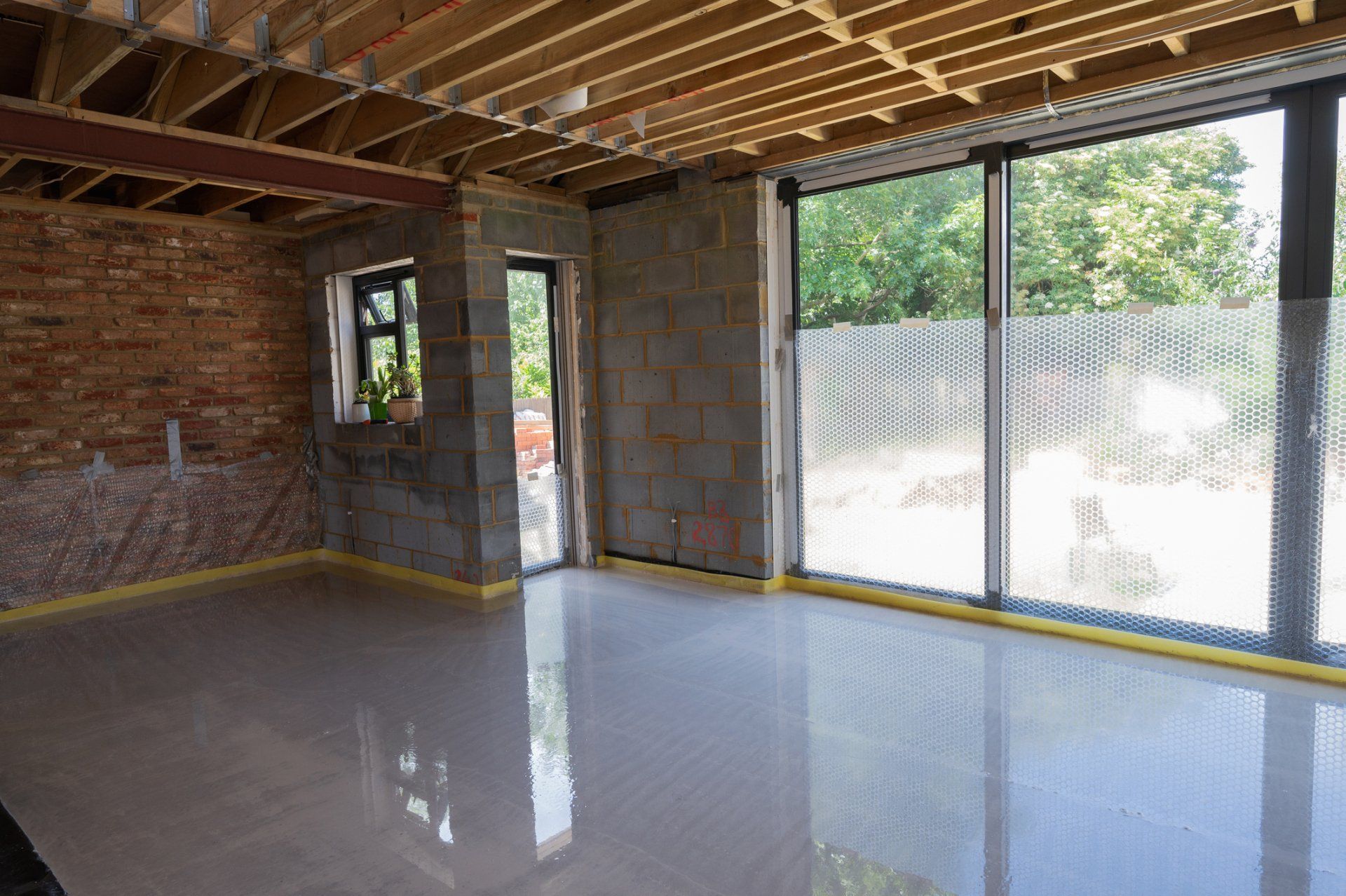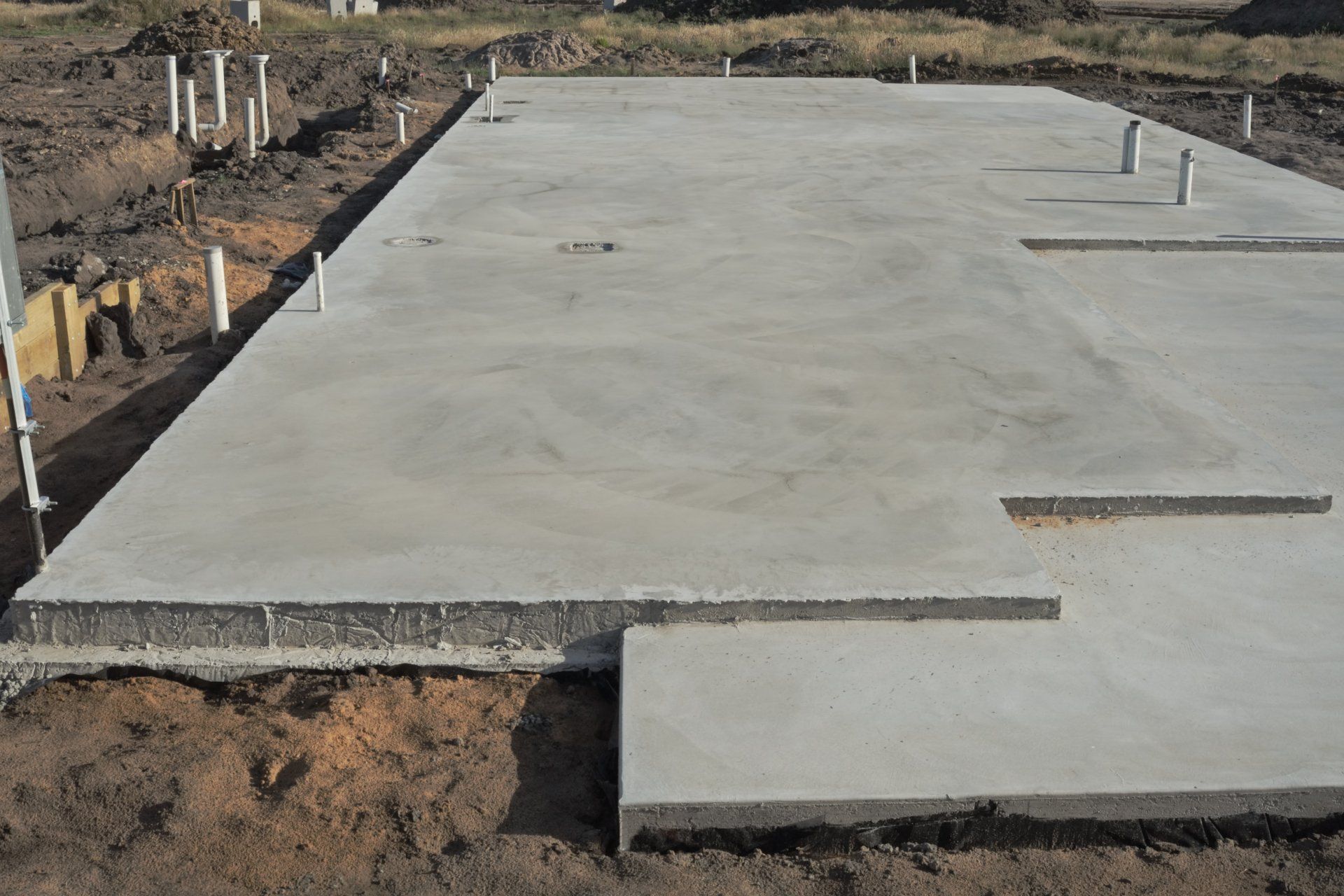CONCRETE 101
CONCRETE
Concrete is a combination of cement, water, sand or fine aggregate, and rock or coarse aggregate. Recycled cementitious materials-- slag and fly ash-- can be substituted for cement, affecting concrete's plastic and hardened properties. Admixtures can be combined to the mixture to reduce curing time, increase workability and strength, or change the material properties.
REINFORCEMENT
Concrete is an invaluable element for building and has significant strength compression; it ranks weak in its tension. To help resist stress and increase flexural strength, you can combine concrete with fiber reinforcement, rebar, and wire mesh. Fiber reinforcement provides three dimensional support controlling plastic shrinkage cracking, reducing segregation, and helps manage bleed water.
AIR ENTRAINMENT
Air enhances the durability of concrete in environments subject to freezing, thawing, salts, groundwater, and alkali reactivity. It advances the workability of concrete. These tiny air pockets create chambers for water to expand when it freezes. Air releases internal pressure on the concrete.
SLUMP
Slump is the measure of concrete's consistency and fluidity. It shows the flow and overall workability of freshly mixed concrete and measures consistency and fluidity. The higher the slump, the wetter the concrete mixture. Four-inch (4") slump is typical with standard weight concrete and is suitable for pumping. An above-average slump will cause reduced strength, durability, and permeability of the concrete. Admixtures should be used instead of water to achieve higher slumps and maintain the concrete quality.
WATER-CEMENT RATIO
The water-cement ratio is the ratio of water weight to the weight of cement used in a concrete mixture. A lower water-cement ratio allows for increased compressive and flexural strength, reduced shrinkage cracking, lower permeability, and better resistance to wear ad weather. However, this often decreases the workability of the concrete, and it can be a challenge to place. Standard water-cement ratios range between 0.4 and 0.6. For higher-strength concrete, the mix requires lower water-cement ratios.
INTERIOR VERSUS EXTERIOR
Weather is a factor in the placement, finish, and durability of concrete. Interior concrete is typically not exposed to environmental elements and has an unlikely tendency to crack compared to exterior concrete. For this reason, interior work does not require air entrainment. Finishing concrete before the excess water has time to rise to the top can trap bleed water, creating surface problems with exterior work. Exterior concrete calls for a "rough broom" finish to provide traction for vehicles and pedestrians, reducing any slipping or falling chances.
HOT VERSUS COLD WEATHER
Check the forecast when pouring concrete. It sets up quicker in hot weather and slower when temperatures are cold. Admixtures assist in solving issues with a concrete set time. Add retarder during hot weather, and accelerator speeds up the set time in cold weather. The Lowcountry is prone to hot weather, and fresh concrete should be of high quality to avoid accelerated slump loss, increased set time and water demand, and difficulties controlling entrained air. Adding water to the concrete on the job site can decrease strength and increase the tendency to crack.
Tell Us More About Your Project
Contact Us
We will get back to you as soon as possible.
Please try again later.
Contact Information
We Accept All Major Credit Cards




Our Location
Tell Us More About Your Project
Contact Us
We will get back to you as soon as possible.
Please try again later.
Contact Information
We Accept All Major Credit Cards






